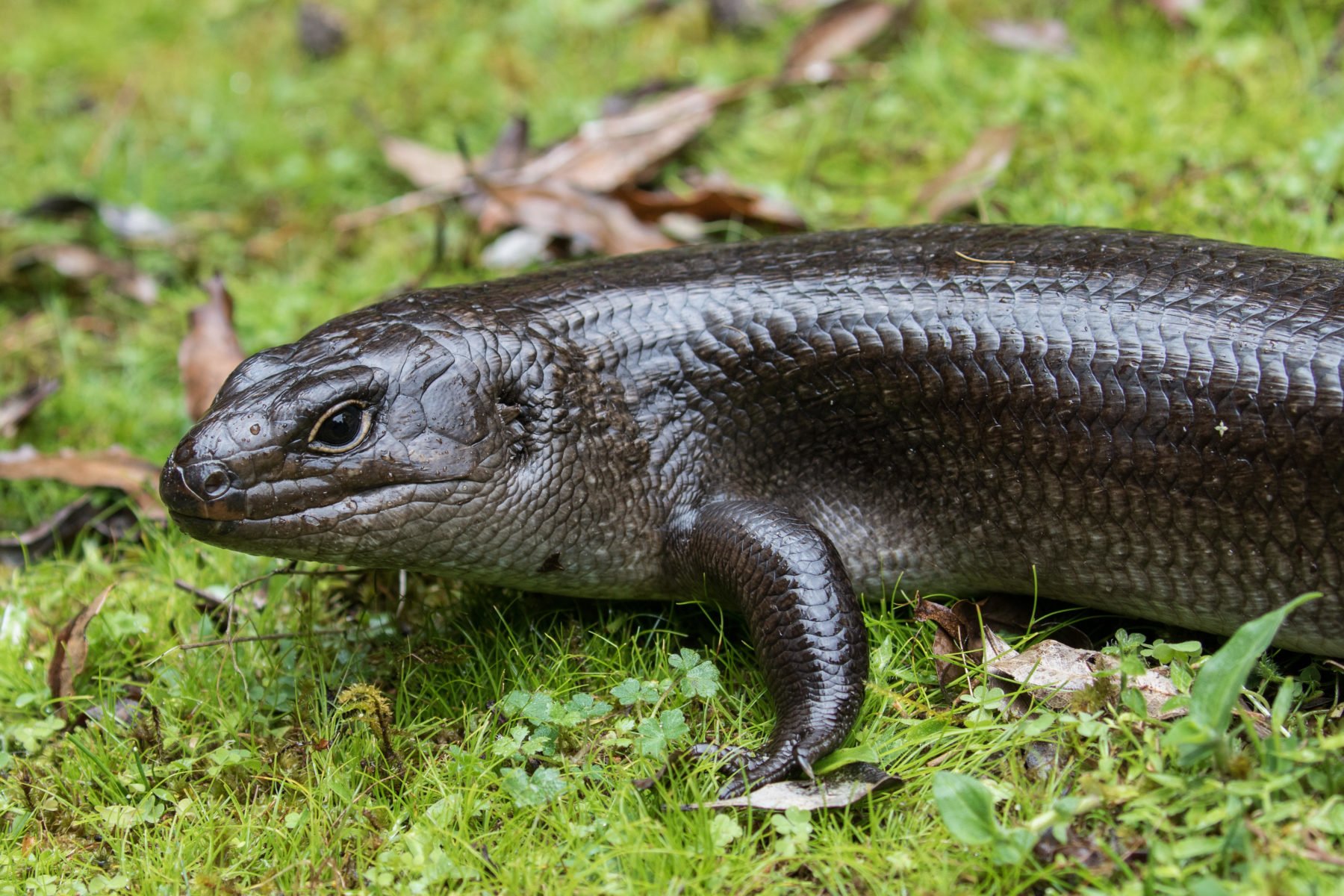All hail the land mullet – Australia’s largest skink

Bec Crew
Bec Crew

If you don’t immediately want to stroke that smooth, flat head of his, I don’t know what’s wrong with you. What a glorious specimen.
Meet the land mullet (Bellatorias major), the largest skink in Australia, and among the largest skinks in the world.
Found mostly in the rainforests along Australia’s eastern coast, from Gosford in New South Wales and all the way up to south-eastern Queensland, this robust lizard can grow up to 70 cm long.
The land mullet has made quite a life for itself. Most of its days are spent basking in the sun, trying to get its core body temperature up. Collectively, land mullets are among a minority of skinks that are quite social, often gathering in small family groups.
Land mullets tend to be shy and elusive creatures, so they’re not that easy to spot in the wild. But as you can see in this video, it’s a good idea to check the sides of roads in land mullet territory, as it’s often the sunniest place.
Just remember, if you do see one, approach it quietly and watch how it behaves (we do not advise picking it up, in fact, it is illegal to do so):
It will likely come as no surprise that land mullets have nothing to do with the fish they’re named after. The name comes from the shiny black scales that these animals are known for, which have the lustre of fish scales, as you can see here:

If land mullets are giving you blue-tongued lizard vibes, that’s because they’re both chunky skink species. The eastern blue-tongue lizard (Tiliqua scincoides scincoides), for example, grows to about 60 cm long.
Land mullets have a lot of personality, and if you can earn their trust, they just might return to your garden for treats, if you live in their vicinity.
Here’s a video of a couple of land mullets chowing down on some rockmelon and dog food (it looks a lot better than it sounds):




